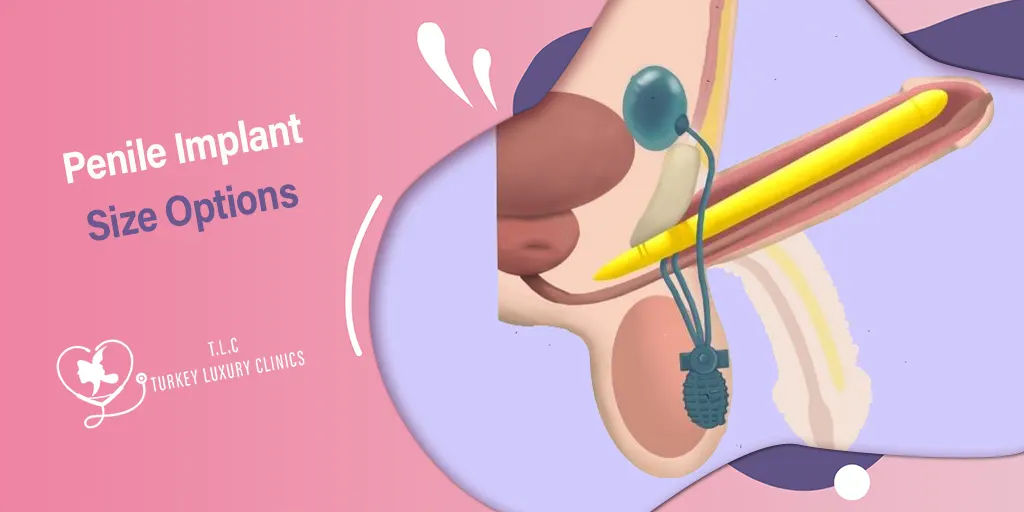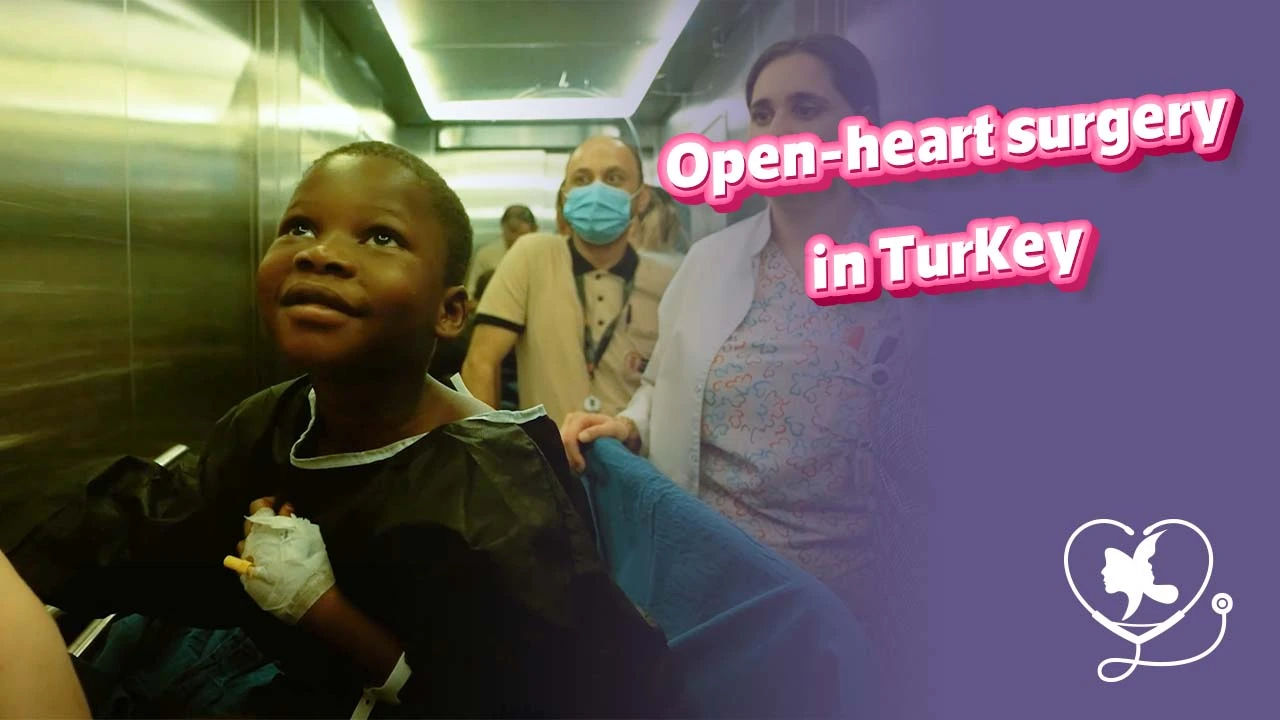- - What are Tummy Tuck Belly Button Healing Stages?
- - First Few Weeks After Tummy Tuck (Initial Healing Phase)
- - Intermediate Tummy Tuck Belly Button Healing Phase
- - Long-Term Tummy Tuck Belly Button Healing Phase
- - How to Care for the Belly Button After Tummy Tuck?
- - Belly Button Issues After Tummy Tuck
- - FAQs Tummy Tuck Belly Button Healing Stages
Tummy tuck belly button appearance of the belly button goes through different healing stages, which can cause concern for some patients. Understanding the normal healing process, proper care, and potential issues helps achieve a natural-looking result and reduces the risk of complications.
This article provides a detailed overview of each stage of belly button healing after a tummy tuck, along with practical tips to support safe and effective recovery.
What are Tummy Tuck Belly Button Healing Stages?
Stage 1: Healing Phase
The initial phase begins immediately after a tummy tuck. During this stage, the belly button may appear swollen, bruised, and may have stitches or surgical glue. It is normal for the belly button to look smaller or slightly distorted at first due to swelling, and it will gradually assume its natural shape over several months as healing progresses. Patients may experience some pain and bruising, which are part of the body’s natural healing response. The initial healing phase lasts several weeks, varying between patients depending on aftercare and the presence of any complications.
Stage 2: Rebuilding Phase
The intermediate phase, typically occurring from weeks four to six, is when swelling begins to reduce and the belly button’s shape becomes more natural. The area may still appear pink, but scarring starts to fade. During this period, the incision continues to close, swelling decreases further, and early scar tissue forms as the area strengthens.
Stage 3: Maturation Phase
The long-term maturation phase can take several months to over a year. During this stage, scars flatten and fade, and the belly button takes its final natural shape. Initial swelling fully subsides, and the navel becomes more refined, reflecting the completed healing process.
Read more about Tummy Tuck Belly Button Before & After 2025 with Photos
First Few Weeks After Tummy Tuck (Initial Healing Phase)
During the first four weeks after a tummy tuck, the belly button gradually moves from a swollen, bruised appearance to a more defined and settled look. Most of the initial swelling, crusting, and redness start to improve by the end of the first month. Gentle cleaning, avoiding pressure, and limiting physical activity are essential throughout this stage to protect the incision and support proper healing.
Here is what is expected week by week of belly button after tummy tuck:
Week 1 of Belly Button After Tummy Tuck
During the first week, the belly button usually looks red, swollen, and slightly bruised. Some light crusting or a small amount of clear discharge can also appear, which is a normal part of early healing.
At this stage, the belly button may look compressed or uneven, and the stitches or medical glue are often still visible, all of which fall within the expected healing range after surgery. It’s important to keep the area clean and dry, avoid any pressure or rubbing, and sleep on your back to protect the incision.
Belly Button at 2 Weeks After Tummy Tuck
Swelling starts to decrease, and small scabs may appear as the incision continues to close. Dissolvable stitches begin to break down, or your surgeon may remove them during this week. Mild itching is normal, but if you notice increasing redness, pus, or unusual pain, contact your surgeon right away.
Belly Button Week 3 After Tummy Tuck
At three weeks post-tummy tuck, the belly button incision is usually closing and forming light scabs, and the swelling continues to decrease. Gentle daily cleaning, wearing your compression garment, and avoiding strenuous activity remain important at this stage.
Keep an eye out for any signs of infection, such as increasing pain, redness, warmth, or pus, and contact your surgeon right away if you notice any of these changes.
Week 4 Belly Button After Tummy Tuck
By week four, the belly button area typically shows noticeable improvement. Most of the early swelling and bruising has subsided, though mild swelling or light crusting can still be present. Some tenderness is normal.
Intermediate Tummy Tuck Belly Button Healing Phase
During this stage, swelling continues to decrease, and the incision becomes more stable.
The early scar tissue begins to form, and the belly button gradually takes on a clearer shape. Mild redness or a slightly raised scar are normal at this point as the body increases blood flow to support healing. Some patients may start using silicone sheets or creams if approved by their surgeon.
Months 1–3 (Intermediate Healing)
Most early swelling has resolved, and the belly button becomes more defined in shape. The scar is often pink or red and may feel firm or tender. This is a sign of active healing as collagen builds beneath the skin.
Months 3–6 (Settling Phase)
The belly button starts to look more natural and settled. The scar slowly flattens and begins to fade, and the texture becomes smoother as scar tissue matures. Many patients notice a clearer, more refined appearance during this time.
Long-Term Tummy Tuck Belly Button Healing Phase
This final stage, often called the maturation phase, is the longest part of the healing process. Over the next 6 to 12 months, the belly button continues to refine, and the scar gradually softens, lightens, and becomes less noticeable.
During the long-term healing phase, patients gradually achieve their new belly button after tummy tuck, which looks natural and well-positioned.
Belly Button at 6–12 Months After Tummy Tuck
During this period, a scar that was initially pink, red, or slightly raised begins to flatten and fade, eventually blending more naturally with the surrounding skin. Scar tissue continues to remodel beneath the surface as the skin and underlying tissues stabilize.
Gentle scar massage may help reduce firmness and improve texture, and maintaining a stable weight and healthy lifestyle supports long-term results and helps preserve the final appearance of your belly button.
How to Care for the Belly Button After Tummy Tuck?
During the initial phase, aftercare focuses on keeping the area clean, wearing a compression garment, and following all of your surgeon’s instructions. This is essential for proper healing and achieving a natural-looking result over time.
In the intermediate phase, it is recommended to use silicone scar sheets or gels and avoid sun exposure to promote proper healing and minimize the appearance of the scar.
For long-term aftercare, patients should continue practicing sun protection, maintain a healthy lifestyle, and follow their surgeon’s guidance to ensure optimal healing and preserve results.
How to Clean the Belly Button After a Tummy Tuck?
To keep the area clean and dry by gently wash it with warm, soapy water and patting it dry with a clean towel, avoiding hydrogen peroxide or alcohol.
- Wash with mild soap and warm water: Gently clean the area around your belly button using a small amount of mild, unscented soap and warm water.
- Pat dry completely: Use a clean, soft towel or gauze to gently pat the area dry, ensuring no moisture remains, especially in the crevices. Avoid rubbing.
- Apply prescribed ointment: If your surgeon has prescribed an antibiotic ointment or cream, apply it to the area as directed.
- Protect the area: Cover the area with a clean gauze pad or non-stick bandage if it leaks or rubs against clothing, changing it daily or as instructed.
Belly Button Issues After Tummy Tuck
Common belly button issues after a tummy tuck include shape irregularities, infection, bleeding, and noticeable scarring. Distortion can result from improper surgical technique or swelling, while infections may present with redness, pain, or pus. Bleeding, excessive swelling, or discharge from the navel requires immediate medical attention
Sharp Pain Around Belly Button After Tummy Tuck
Sharp pain around the belly button after a tummy tuck can be a sign of complications like torn stitches, infection, or a hematoma, and it requires immediate medical attention.
Belly Button Swelling After Tummy Tuck
Belly button swelling after a tummy tuck is normal and expected, resulting from the surgical manipulation and healing process. This swelling typically starts to decrease after the first few weeks, with most swelling gone after 6 months and final results appearing within a year.
However, if you notice signs of infection like pus, the belly button looks misshapen or protrudes excessively, or if you have worsening pain, you should contact your surgeon.
Red Belly Button After Tummy Tuck
While the red belly button after a tummy tuck is a normal sign of healing, it can indicate an infection. The persistent or worsening redness, especially with pus, foul odor, or severe pain, can indicate an infection that requires immediate medical attention.
Flat Belly Button After Tummy Tuck
A flat belly button after a tummy tuck can be a result of the surgical technique, post-operative swelling, or individual healing factors. It is a relatively common concern, and in most cases, it can be improved over time or corrected by a minor revision procedure called an umbilicoplasty.
Tummy Tuck Belly Button Looks Weird
It’s common for a tummy tuck belly button to look weird during the first few weeks due to swelling, bruising, or stitches. This is usually temporary, and the final shape improves as healing progresses. However, persistent distortion or unusual appearance may require a consultation with your surgeon.
Infection of Belly Button After Tummy Tuck
An infected belly button after a tummy tuck is a medical concern that requires prompt attention. It usually results from bacteria entering the incision, so the risk is highest during the first two weeks before the incision fully closes.
Signs include redness, swelling, warmth, increased pain, foul-smelling discharge, or pus. To manage it, you should contact your surgeon immediately for a treatment plan, which may include antibiotics or, in severe cases, surgery to remove infected tissue.
You may like
How to Tighten Loose Skin After Weight Loss? Arms, Legs, Stomach & More
How Much is Body Sculpting? Costs, Packages & Options












.webp)
.webp)
.webp)
.webp)

